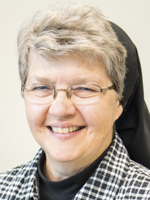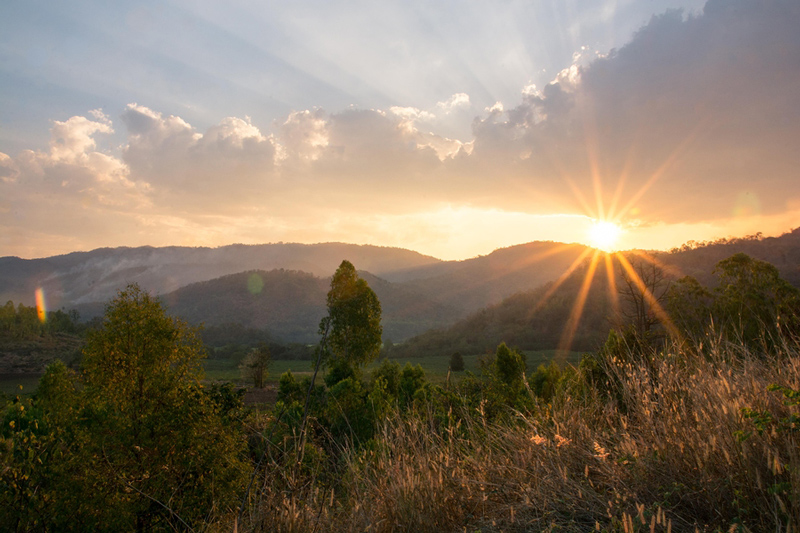
For some of us, it’s hard to imagine why the Catholic Extension Society still considers us mission territory. If our experience of Catholicism in South Carolina focuses on Charleston, Columbia, the Greenville-Simpsonville area or Beaufort County, it makes no sense. These areas have clusters of Catholic churches, Catholic schools — some expanded or brand new — and vibrant outreach ministries touching the local poor, prisoners, and migrants.
It takes a step back and away from populated centers to make sense of our diocese’s mission status. One telling thing is statistical. We Catholics constitute only 5 to 10% of the statewide population. The range cited is due to uncertainty about registered and unregistered Catholics, plus attending and non-attending households.
Our current percentage sounds like a paucity of Catholics, but it is a huge leap from the under -1% found here when the first sisters from my religious community arrived at the train station in Charleston more than 70 years ago. It is an even greater leap from the roughly 5,000 Catholics that our first bishop, Bishop John England, could count in what was then the new tri-state Diocese of Charleston.
Aside from statistics, some forays off the interstates are eye-openers when it comes to mission. For the past four years, I’ve been spending a Saturday morning in February with the women of Holy Trinity in Orangeburg and their mission churches: St. Theresa in Springfield, St. Mary in Allendale, and St. Andrew in Barnwell. The scores of miles add up for Father Wilbrod Mwape, who pastors Holy Trinity and its missions, while also providing for ministry at South Carolina State and Claflin College.
Newberry, which I visited again in late July, offers a similar story. There, St. Mark’s is home base for Father Orlando Serrano, but St. Boniface Mission in Joanna is 20 miles from Newberry, and Holy Spirit in Laurens is a 40-mile drive. Then there is Presbyterian College in Greenwood that also demands his attention.
Far-flung churches around the state, some even farther apart and some with fewer than 40 households, show why we continue to be rated as mission territory.
Getting a visual on their neighborhoods tells a bit more. The roads to and from these mission churches run past farms, cotton fields, stables, shooting ranges, and some of the aging trailers in which 19% of South Carolina’s citizens reside. It’s hard to say where some find work, and grocery stores are so far away that it requires coolers to take perishables home.
The good news about these mission churches is that the faith is alive and well there. Parishioners with scarce resources know that passing on the faith relies on them. Some are like Alicia in Laurens, who has been known to cook for late afternoon bilingual religious education classes. Or they are like the people of Springfield who’ve welcomed a searching young professional woman from Denmark, S.C., to find a church home.
Aside from statistics and geography, though, we are mission territory first and foremost because that is the nature of Church. Baptism calls us to be the face of Christ, to bring the joy of the Gospel, and to build real community wherever we are. Sometimes that also means driving lonely distances and knowing that someone will be making soup or cooking up fried chicken, rice, and refried beans.




